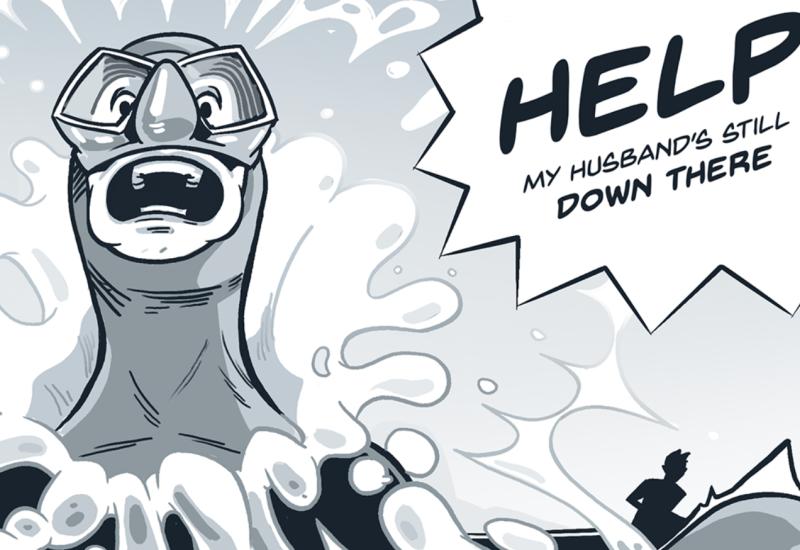What Causes a Jellyfish Bloom?

Shutterstock.com/Jitinatt JufaskA jellyfish bloom crowds the waters of Thailand.
Question: What causes a jellyfish bloom? – Lyda A., Washington, DC
Answer: Jellyfish blooms—temporary increases in jellyfish populations—are a natural phenomenon that has in some cases been exacerbated by human disruption to the environment.
Some species of jellies can hurt or kill humans, so it’s alarming to read stories about huge swarms appearing seemingly out of nowhere. Jellyfish blooms can cause real ecological and industrial damage, clogging desalination plants and boat engines, or even breaking fishing nets. (A lot of jellyfish are very, very heavy). They also kill fish, like the entire stock of a salmon farm in Northern Ireland.
These blooms can absolutely cause real harm, but there is an alarmist trend of exaggerating this into some version of “jellyfish are taking over the ocean and are going to kill us all and destroy everything we care about.” Smithsonian Magazine called them “the next king of the sea,” asking if the ocean would be dominated by jellyfish soon. FastCompany ran the headline “We hope you like to eat jellyfish, because they’re taking over the oceans.” An article on the World Economic Forum claimed that jellyfish were “poised to take over the Earth," and the BBC claimed that “enormous plagues of jellyfish are taking over the sea.”
The good news is that there isn’t actually any evidence of an ocean-wide shift to jellyfish-dominated ecosystems. There are natural cycles in jellyfish populations, and while humans disrupting the environment through climate change, nutrient shifts or habitat destruction can change conditions making them temporarily more favorable for jellies, claims that this is happening everywhere are exaggerated to the point of absurdity.
So what causes most jellyfish blooms? Jellyfish do, in natural cycles.
Ask a Marine Biologist is a monthly column where Dr. David Shiffman answers your questions about the underwater world. Topics are chosen from reader-submitted queries as well as data from common internet searches. If you have a question you’d like answered in a future Ask a Marine Biologist column, or if you have a question about the answer given in this column, email Shiffman at [email protected] with subject line “Ask a marine biologist.”

Courtesy ImageDavid Shiffman
Dr. David Shiffman is a marine conservation biologist specializing in the ecology and conservation of sharks. An award-winning public science educator, David has spoken to thousands of people around the world about marine biology and conservation and has bylines with the Washington Post, Scientific American, New Scientist, Gizmodo and more. Follow him on @WhySharksMatter on Twitter, Facebook and Instagram, where he’s always happy to answer any questions about sharks.
The views expressed in this article are those of David Shiffman, and not necessarily the views Scuba Diving magazine.











